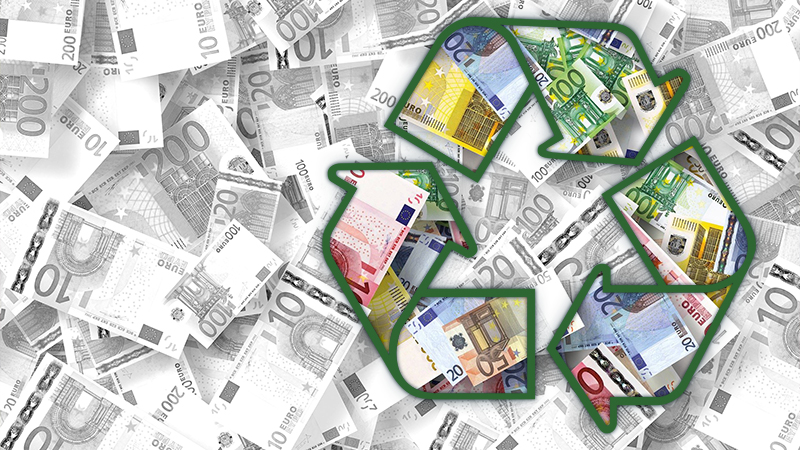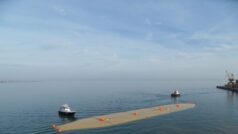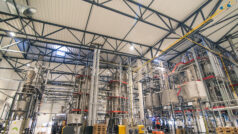Decisive action is essential to drastically reduce waste, prioritise reduction of resource use, improve recycling rates and improve the introduction of products that are designed for circularity from the outset, according to a major European Environment Agency (EEA) state of play assessment on the circular economy, published today.
European Union circular economy policies have been reinforced over recent years, but they still need to become more binding and target oriented to accelerate the uptake of a more regenerative economy in Europe. This means moving beyond the current strong focus on waste to address resource use more directly. The benefits behind the potential setting of future targets on resource use or material footprint and possible avenues to speed up the transition to a more circular model are explained in the EEA report “Accelerating circular economy in Europe — state and outlook 2024”.
Developing a circular economy is a crucial part of the European Union’s efforts to address climate change, biodiversity loss and pollution. The EEA report gives a comprehensive analysis of how the EU is doing in the transition to a more circular economy and the strong policy push seen under the EU’s Green Deal, together with options and prospects to further accelerate it.
Mixed progress so far
Europe’s heavy reliance on natural resources to provide materials, food, and fuel comes with significant environmental and climate impacts. However, following steep increases in resource consumption in the past, this trend has stabilised recently, the report says. A modest decoupling of EU resource consumption from economic growth has been observed, with total consumption of materials dropping slightly while EU gross domestic product (GDP) increased. At the same time, Europe’s dependence on global imports for supply of some critical raw materials, metal ores and fossil-fuels are currently increasing against the backdrop of a more challenging geopolitical context.
The EU has put measures in place to enable the shift to a circular economy, which means shifting from current ‘linear’ production models and consumption patterns. This transformation is enshrined in the Circular Economy Action Plan, one of the key parts of the European Green Deal. There has been positive progress recently towards circularity in Europe, such as increased recycling rates and the emergence of a sharing economy and other circular business models.
With a circularity rate of 11.5% in 2022, Europe consumes a higher proportion of recycled materials than other world regions. However, progress in the EU has been slow, and we are still far from the ambition to double the Union’s circularity rate by 2030.
Assessing progress towards current circular ambitions, the EEA report states that there is a low or moderate likelihood for them to be achieved in the coming years.
The report explains, however, that many circular economy policies are still relatively new and some have not yet been fully put in place at national level. Added to this, the impact of these measures takes time to filter down to changes in business models, consumption patterns and, ultimately, our patterns of resource use. However, in addition to the implementation of existing policies, more can be done.
Future action
The report also looks into potential actions for the future, such as the setting of targets and promoting higher quality recycling — where materials keep their original function and value for the longest possible time — to foster EU resource independence and lower their import. In addition to implementing eco-design principles, increasing circularity by maximising the use and lifespan of products through reuse, repair and remanufacturing is also critical.
Extra attention should also be given to the economics of raw material supply — so incentives and prices of raw materials account for their environmental impact, and recycled materials have a better route to be reintroduced in the economy.
Underpinning these changes is a need to reduce product consumption from current unsustainable levels, but current trends in the EU are, unfortunately, moving in the opposite direction. There are numerous opportunities for future EU policies to be informed by ongoing research on consumer demand, on how to change consumer behaviours, as well as embedding just transition principles in future action.










